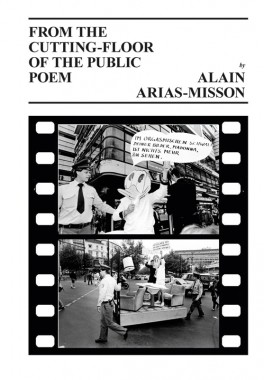
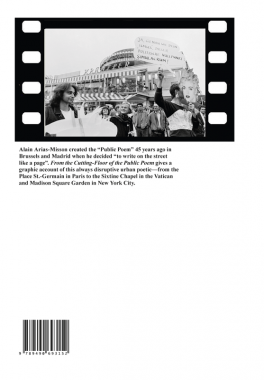
Alain Arias-Misson, From the Cutting-Floor of the Public Poem
Softcover, 80 pp., offset 4/1, 165 x 245 mm
Edition of 2000
ISBN 978-94-9069-315-2
Published by MER. Paper Kunsthalle
$32.00 ·
Alain Arias-Misson created the “Public Poem” 45 years ago in Brussels and Madrid when he decided “to write on the street like a page.” From the Cutting-Floor of the Public Poem gives a graphic account of this always disruptive urban poet — from the Place St.-Germain in Paris to the Sixtine Chapel in the Vatican and Madison Square Garden in New York City.
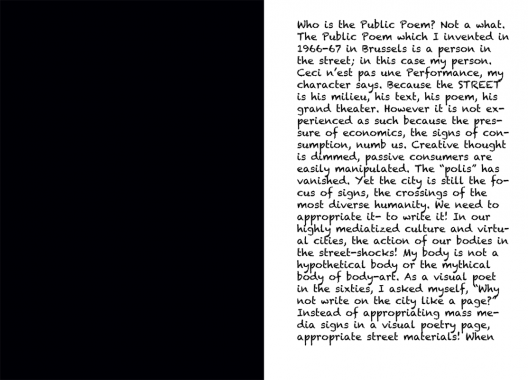
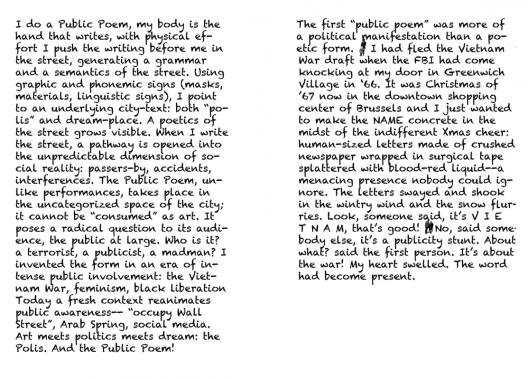
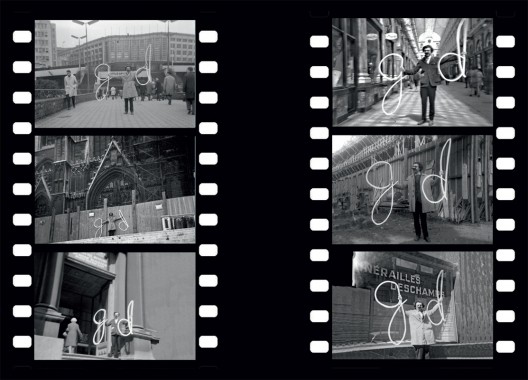
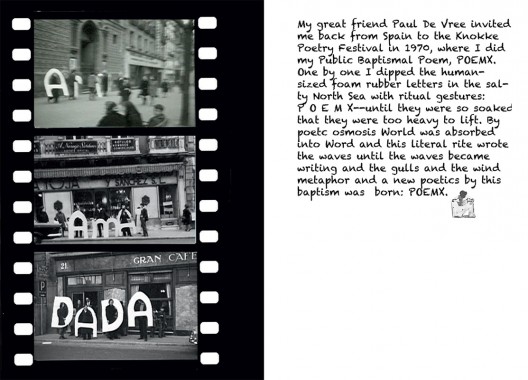
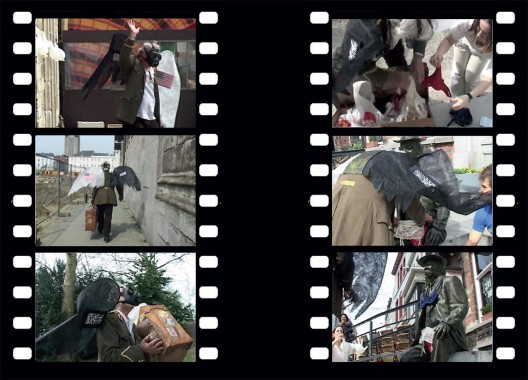
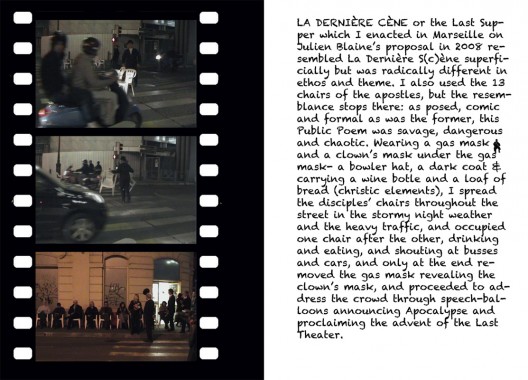
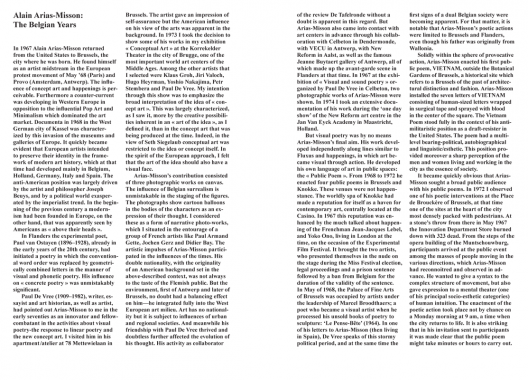
Alain Arias-Misson, Art, Distribution, MER. Paper Kunsthalle, New York, Performance, Poetry, Roger D'Hondt
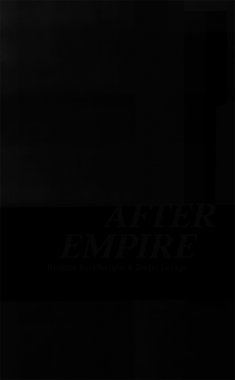
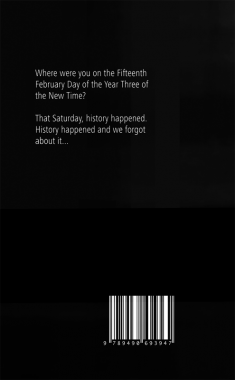
Herman Asselberghs and Dieter Lesage, After Empire
Softcover, 256 pp., offset 1/1, 110 x 180 mm
Edition of 2000
ISBN 978-94-9069-394-7
Published by MER. Paper Kunsthalle
$20.00 ·
After Empire is published on the occasion of the group show ‘Blijven Kijken’, an exhibition curated by Pieter Van Bogaert at M-Museum on (dis)appearing images and the boundaries of representation. Central in the exhibition is the 2010 video After Empire by Herman Asselberghs. This video is a tentative reflection on positive forms of collective resistance against war as well as emancipatory representations concerned with it. This publication considers a possible alternative for an iconic image drawn from our collective memory: a hijacked plane hitting the second tower of the WTC in 2001, New York. The book proposes an alternative for our collective history: the 15th of February 2003. On that day 30 million citizens across the planet marched against the unilateral decision by the American government to start a pre-emptive war against Iraq under the auspices of “the war on terrorism”. 2/15 was the greatest peace demonstration since the Vietnam war and probably the biggest protest march ever to take place. The war did happen, but this world day of resistance could very well mark the beginning of the 21st century. 2/15 instead of 9/11: a key date in the writing of a history of global contestation in the struggle between two superpowers: the United States against public opinion worldwide.
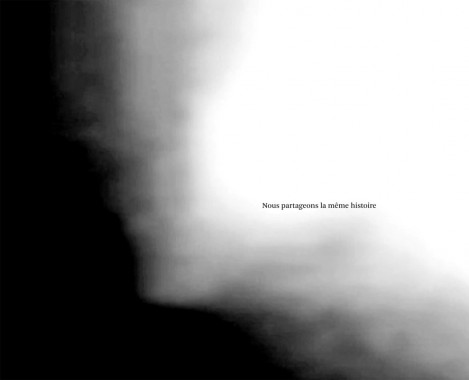
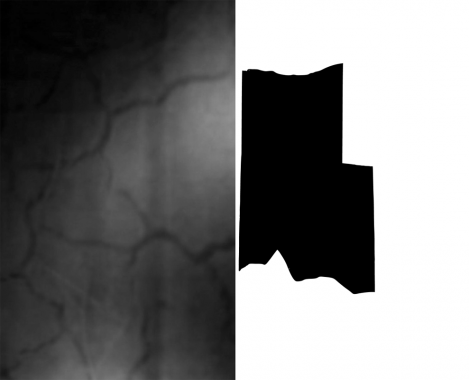
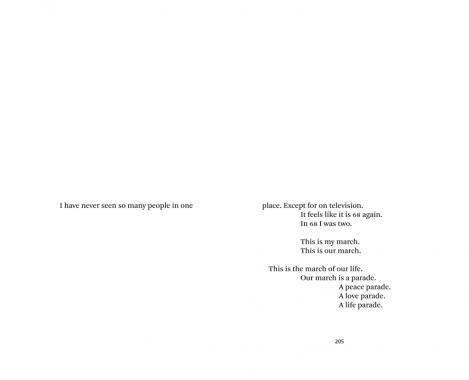
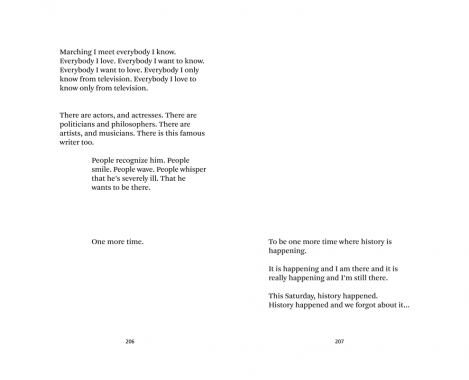
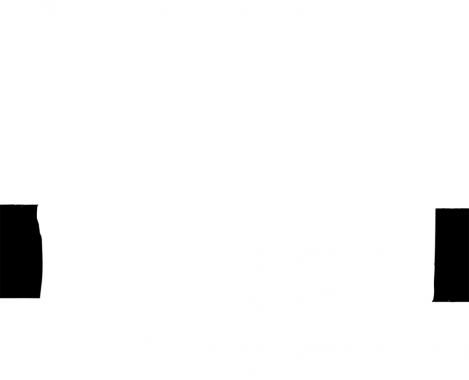
Art, Criticism, Dieter Lesage, Distribution, Herman Asselberghs, Iraq, M-Museum, MER. Paper Kunsthalle, Philosophy, Pieter Van Bogaert, Politics
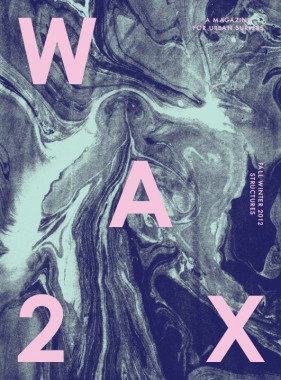
WAX Magazine 2, Structures
Softcover, 128 pp., offset 4/1, 200 x 270 mm
Edition of 500
ISSN 2167-8073
Published by WAX Magazine, Inc.
$15.00 ·
Featuring: Lawrence Luhring, Will Adler, Michael Marcelle, Kris Chatterson, Mercedes Maidana, Curtis Mann, John Luke, Mark Mahaney, and a free friction moment with Derek Hynd.
WAX is a bi-annual print publication exploring the intersection of art, culture and surfing in and around New York City. We believe that beauty and meaning can be found on sidewalks, boardwalks, skyscrapers and beaches alike. We’re interested in exploring the rich history of New York surfing, its beaches and residents and in finding a pathway of cultural creativity on and off the break. WAX shares the stories of area surfers who are also artists, designers, authors and auteurs. Each issue is organized around a unique theme, debuting with WAX Magazine 1, Dialogues in Spring 2012.
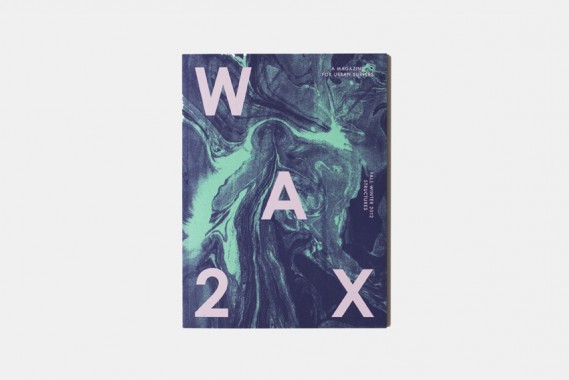
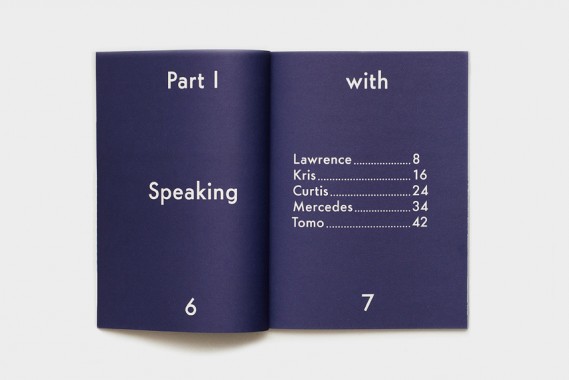
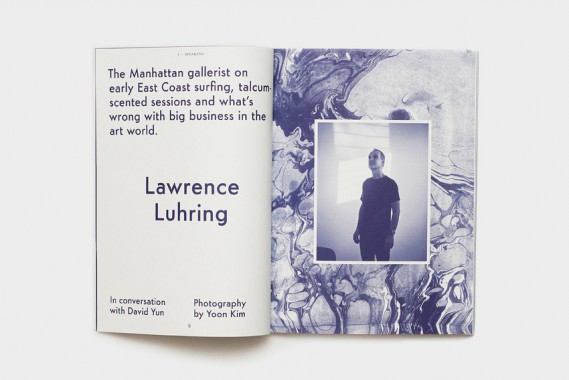
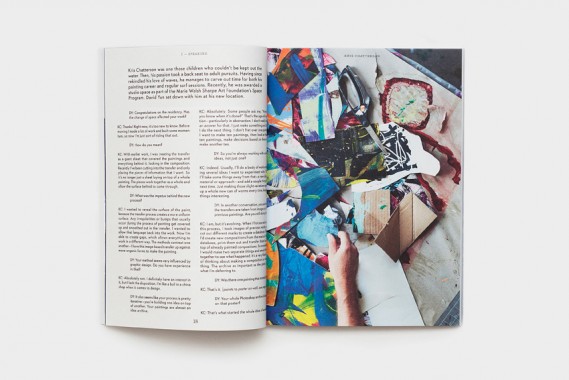
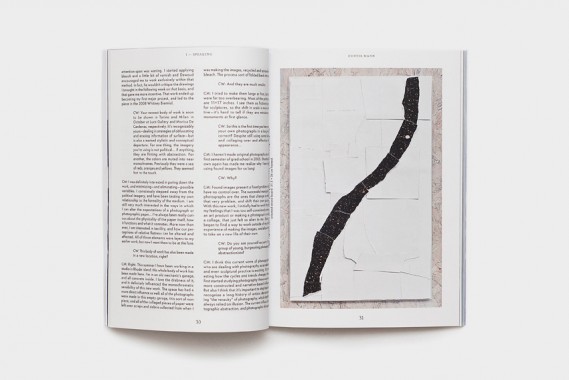
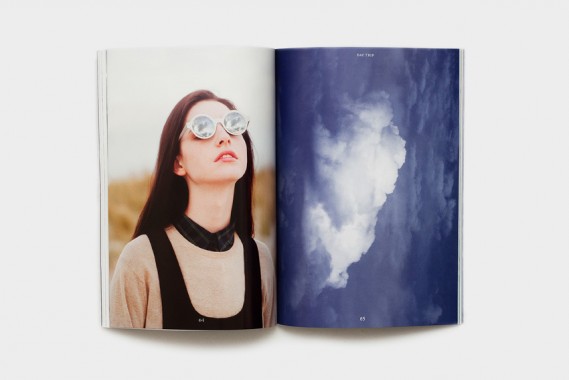
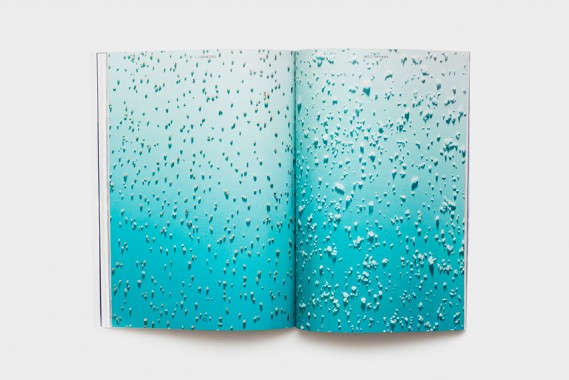
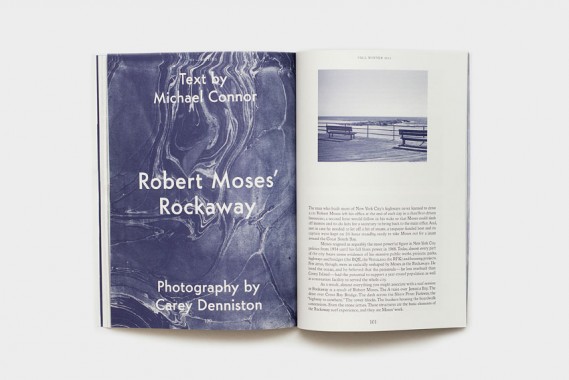
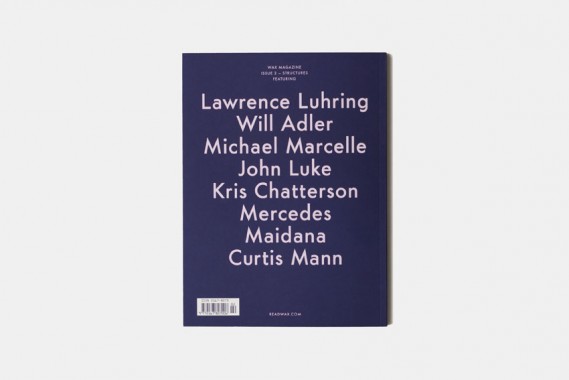
Abbye Churchill, Aeriel Brown, Art, Carey Denniston, Carmen Winant, Chris Rypkema, Cian O'Day, Culture, Curtis Mann, David Yun, Derek Hynd, Distribution, Elisa Routa, Jeff Mclane, John Luke, Jonathan Feldman, Kris Chatterson, Kristian Henson, Larissa Kasper, Lauren Snyder, Lawrence Luhring, LK Futura 1.0, Luke Stettner, Mark Mahaney, Matt McGregor-Mento, Mercedes Maidana, Michael Conner, Michael Marcelle, Mike Killion, Murray Fraser, New York, Photography, Rob Kulisek, Sport, Surfing, Tyler Breuer, Typography, WAX Magazine, Will Adler, Yoon Kim, Zak Klauck
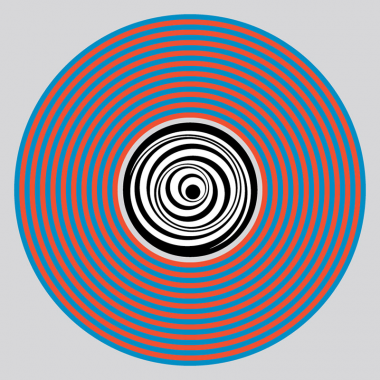
The Masses, The Electric Information Age Album
12-inch vinyl record, sleeve silkscreened/letterpress 2/1, 12.25 x 12.25 inches
Inventory Records 01 [IR01-A]
Edition of 400
Published by Inventory Books
$20.00 ·
Created as an audio extension to “The Electric Information Age Book” by Jeffrey T. Schnapp and Adam Michaels, the LP was made in the spirit of the experimental 1967 “The Medium is the Massage LP”, the “first spoken arts record you can dance too” based on media theorist Marshall McLuhan’s groundbreaking book of the same name.
Produced by Schnapp, Michaels, and Daniel Perlin in a process paralleling the books production, the album incorporates new music drawing upon a wide range of genres (such as Post-Punk, Mutant Disco, Baile Funk, and Chicago Juke) with samples, quotations, and text from the Electric Information Age Book. Recorded and mixed at Perlin Studios; Mastered at Bonati Mastering; Pressed at Brooklyn Phono; Designed at Project Projects ; Letterpress Printed at Sheffield Product; Screenprinted at Haven Press.
A side: The Book of the Now; Involve US in Depth; Verbal-Visual Vernacular; In the World of Emotion; Mass Glass; Erasing Time; Page 82; Decisions; Page In.
B side: Drill Press (Dub); Page 122; Philosophical Works; Tomorrow Today; Printing Printing Printing Printing; Non-Tribal Placard; Pattern Recognition Pattern; T>E>I>A>B; Arts First Spoken Dance To; Page Out.
Digital download of 19-track album.
‘What’s the difference between this “second spoken arts record you can dance to” and its 1967 predecessor “The Medium is the Massage LP”? For all its pop fizz, the latter dangles its propositions and prepositions, but seems to leave the body stumbling, fumbling for itself on the dance floor. In its labors of reworking, The Electric Information Age Album honors its predecessor while seeking to further advance its claims.’
— Jeffrey T. Schnapp
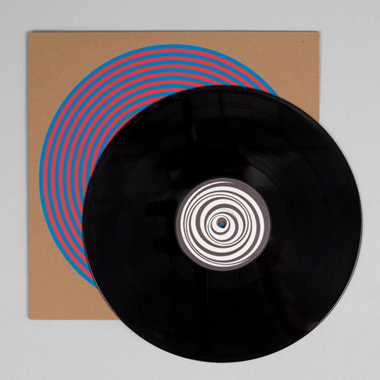
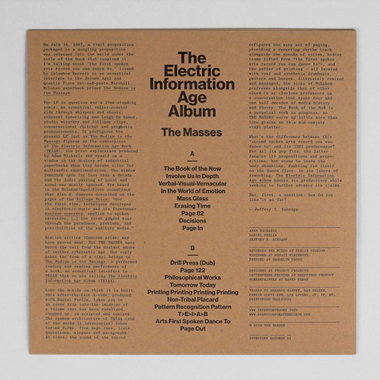
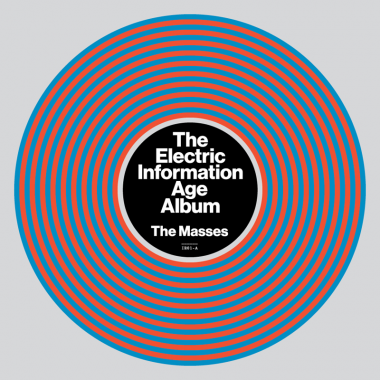
Adam Michaels, Art, Bonati Mastering, Brooklyn Phono, Culture, Daniel Perlin, Distribution, Haven Press, Inventory Books, Inventory Records, Jeffrey T. Schnapp, Marshall McLuhan, Music, Perlin Studios, Project Projects, Recording, Shannon Harvey, Sheffield Product, The Masses
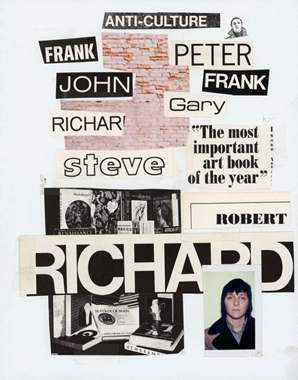
K8 Hardy, Frank Peter John Dick
Softcover, 52 pp., offset 4/4, 230 x 300 mm
Edition of 500
ISBN 978-0-9822090-2-8
Published by Capricious
$25.00 ·
K8 Hardy’s work riffs on pop culture and all the images we encounter as consumers. The art she exhibits are photographs and sculptures, but part of her process is gathering masses of images from disparate sources and obsessively collaging them together. In a sense, these collages are edits of photos torn from magazines, printed advertisements, and other visual imagery that Hardy finds compelling. Yet they also include her darkroom test strips and snapshots found at the junk store. These collages were never originally intended for exhibition or print, but merely research for the artist’s work. It was only after a few people saw them in her studio that she was encouraged to show them. For this reason, the collages are powerful and weighty; each is it’s own essay. Hardy has made visual examinations that deal with complicated ideas, issues of representation, phenomenon in style, and playful contemplations of fashion.
K8 Hardy (USA, b. 1977) is a New York-based artist who mines popular culture for material and has no regard for originality. She has no allegiance to any particular medium, but performance is a thread that weaves through her body of work. Hardy eschews virtuosity to craft and is currently exploiting photography. She believes in the power of flamboyant and bold gestures, and the conversations of play, which come across in her endeavors toward total expression. The surface is often used as a decoy in her work to address the political conditions of its production. She has recently been working on a series of photographs called the “Position Series” that employ the tropes of self-portraiture and abstract photography. Hardy is a founding member of the queer feminist journal and artist collective, LTTR. She has shown internationally at spaces including: Reena Spaulings Fine Art, NY; The Tate Modern, London; Artist Space, NY: Galerie BaliceHertling, Paris; Galerie Sonja Junkers, Munich; PS1 MOMA, NY; Higher Pictures, NY; Biennial of Photography and Visual Arts, Heerlen, NL; and the Brooklyn Museum, Elizabeth A. Sackler Center for Feminist Art, NY.
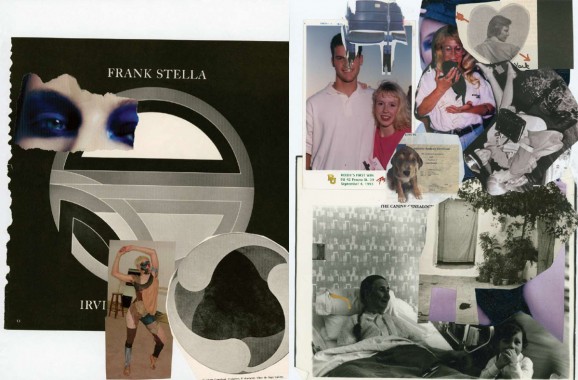
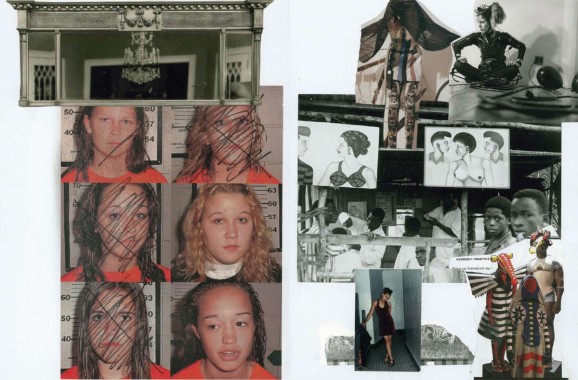
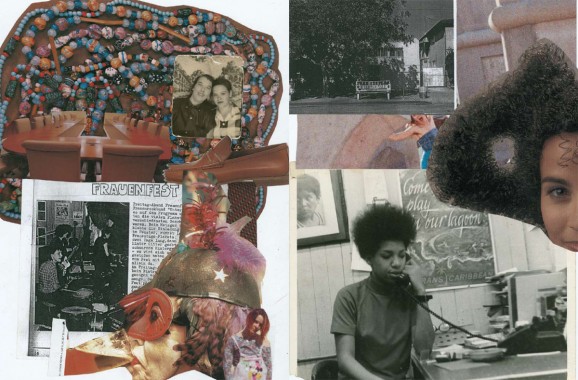
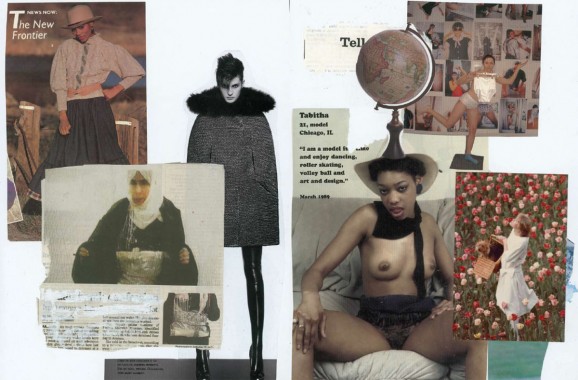
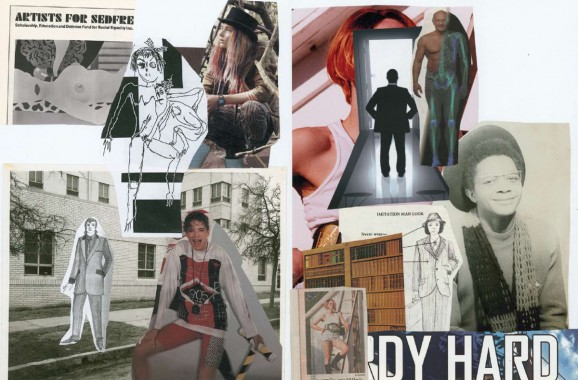
A.K. Burns, Art, Capricious, Collage, Culture, Distribution, Eileen Myles, K8 Hardy, LTTR, Photography, Ulrike Müller
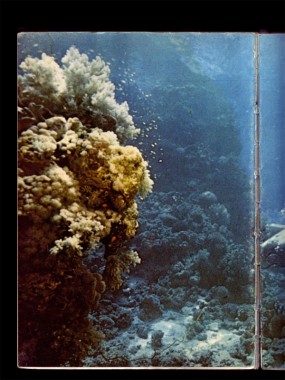
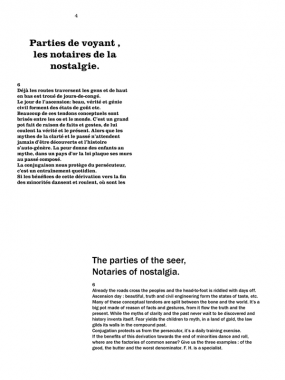
Benoit Platéus, Parties de voyant
Softcover, 100 pp., offset 4/4, 210 x 280 mm
English and French
Edition of 2000
ISBN 978-94-906-9337-4
Published by MER. Paper Kunsthalle
$28.00 ·
This first work on the Belgian artist Benoit Platéus is a monography as well as an artist’s book. It comprises a selection of works created between 1997 and 2011, as well as a text written by the artist and proposing a direct insight into his universe. Platéus work doesn’t neglect any medium — photography, video, drawing or sculpture — in order to search for ambiguities in the most mundane field of visibility. In this way his art often acts as a ‘psychic apparatus’ that plays on, and questions and reflects the viewer’s perception and consciousness.
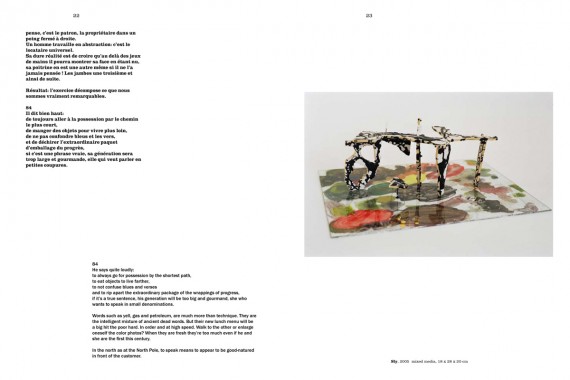
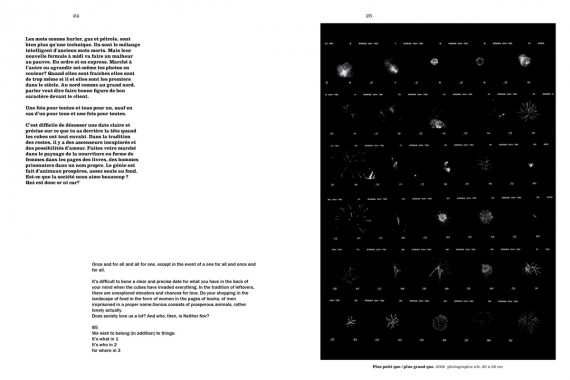
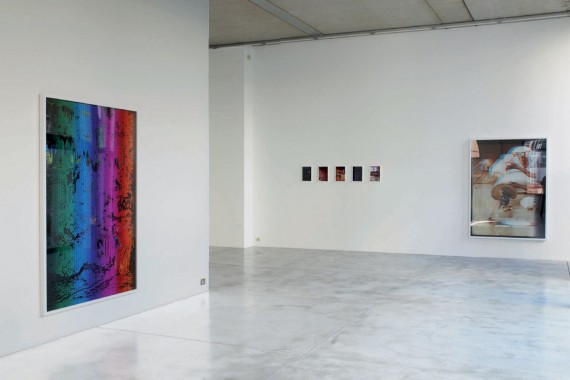
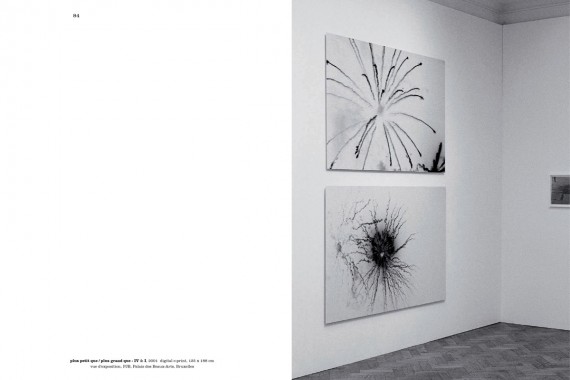
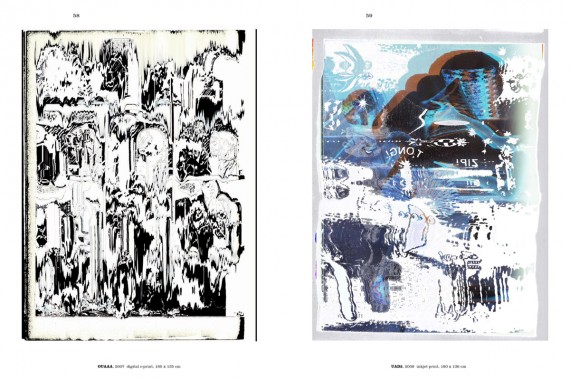
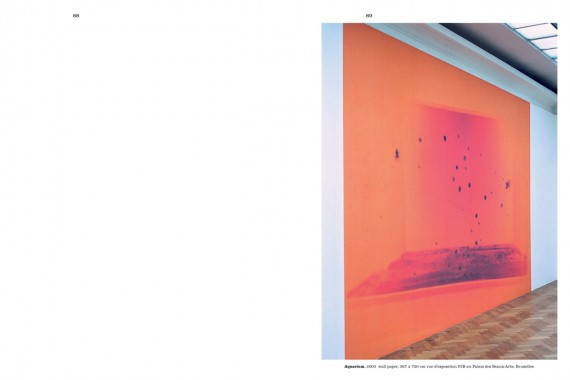
Animation, Art, Benoit Platéus, Distribution, Drawing, Film, James W Haenlin, MER. Paper Kunsthalle, Michelle Van Brussel, Photography, Sculpture
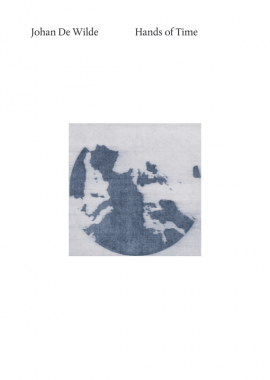
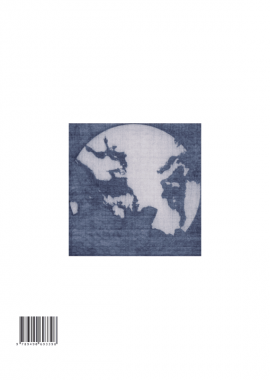
Johan De Wilde, Hands of Time
Softcover, 240 pp., offset 4/4, 210 x 297 mm
English and Dutch
Edition of 2000
ISBN 978-94-906-9339-8
Published by MER. Paper Kunsthalle
$45.00 ·
For many years now, Johan De Wilde’s work has been praised for its meticulous drawing style. The many solemnly applied layers that compose the works also hide in their folds, ever shrinking never to vanish, the Great Irony of our existence and its languages. This first monography presents over 500 drawings, prints and collages from the early nineties to today, concluding with the epic series Hands of Time. The book includes an essay by Hans Theys. A must for those acquainted with De Wilde’s works and a perfect introduction for all others.
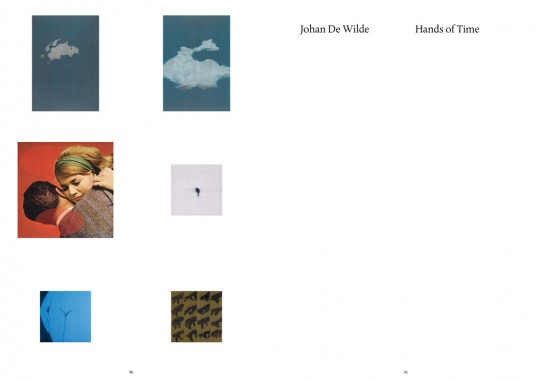
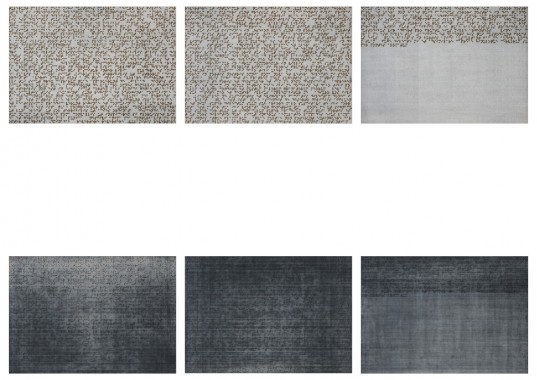
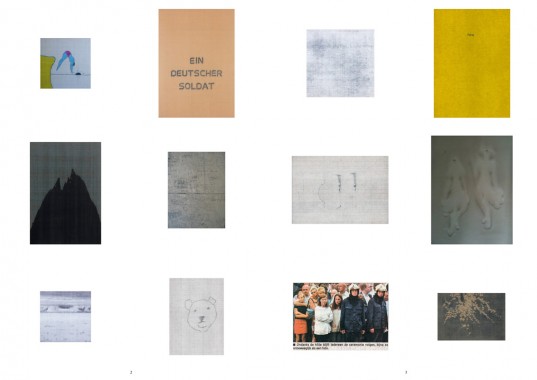
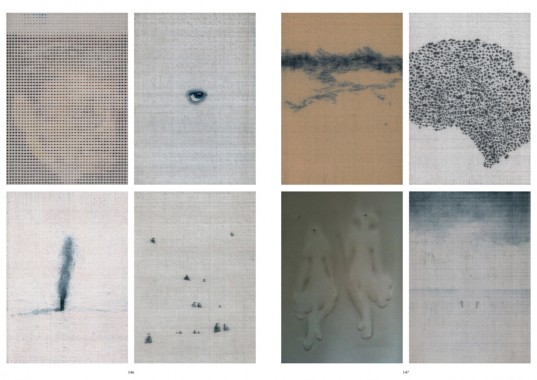
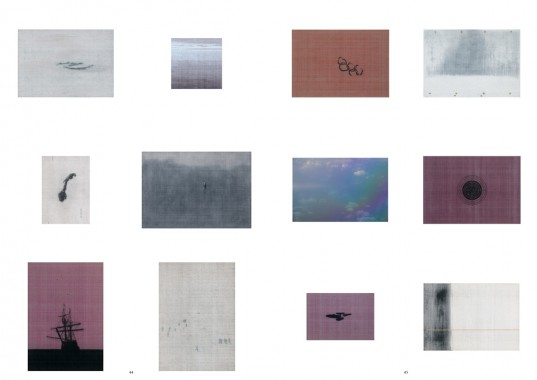
Alison Mouthaan, Art, Dirk Pauwels, Distribution, Drawing, Duncan Brown, Els van de Perre, Hans Theys, Hilde D’haeyere, Jeroen Wille, Johan De Wilde, Luc Derycke, MER. Paper Kunsthalle
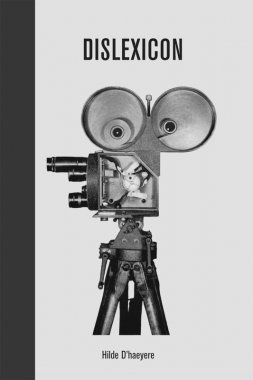
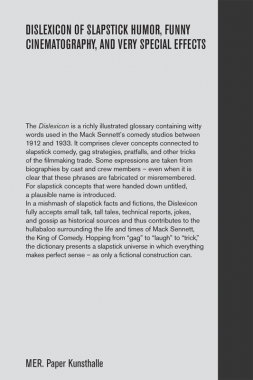
Hilde D’haeyere, Dislexicon
Hardcover, 64 pp., offset 1/1, 130 x 195 mm
Edition of 2000
ISBN 978-94-906-9331-2
Published by MER. Paper Kunsthalle
$20.00 ·
The ‘Dislexicon of Slapstick Humor, Funny Cinematography, and Very Special Effects’ is a richly illustrated glossary containing 138 witty words used in the Mack Sennett Comedy Studios between 1912 and 1933. It comprises clever concepts connected to slapstick comedy, gag strategies, funny pratfalls, dangerous stuntwork, and secrets of the filmmaking trade. In a mishmash of slapstick facts and fictions, the Dislexicon fully accepts tall tales, technical reports, jokes, and gossip as historical sources. Hopping from “gag” to “laugh” to “trick,” the dictionary presents a slapstick universe in which everything makes perfect sense — as only a fictional construction can.
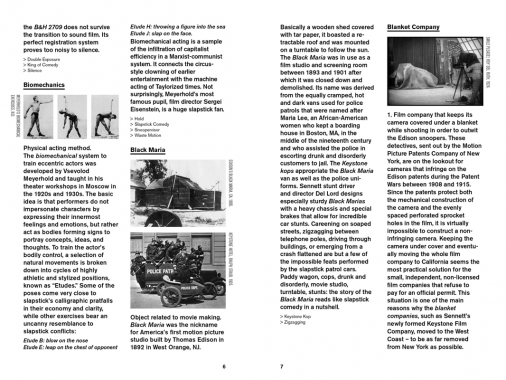
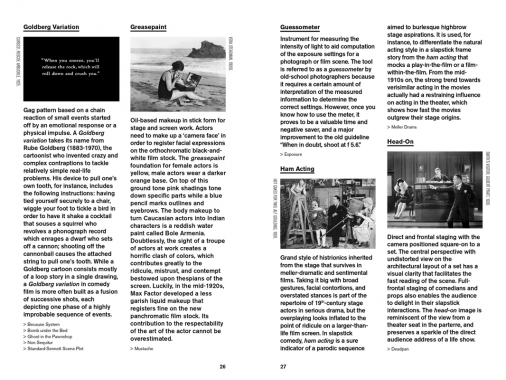
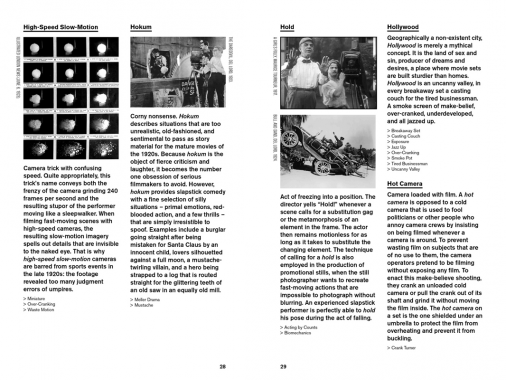
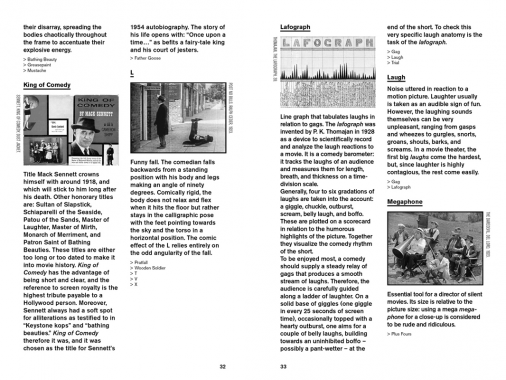
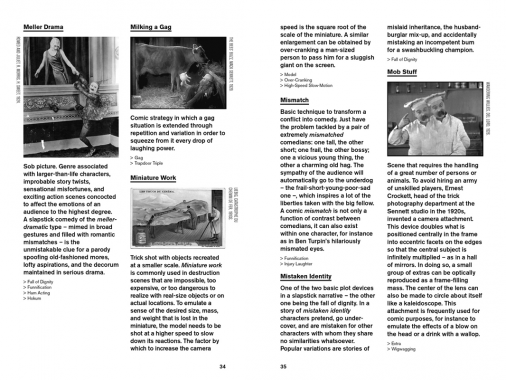
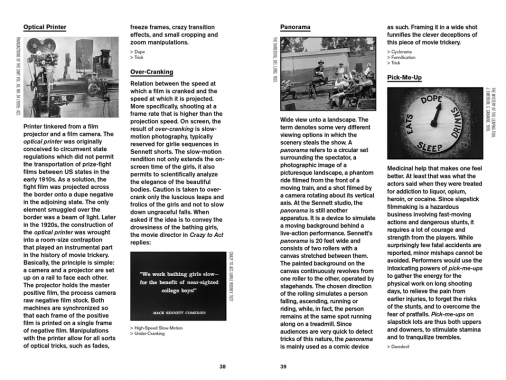
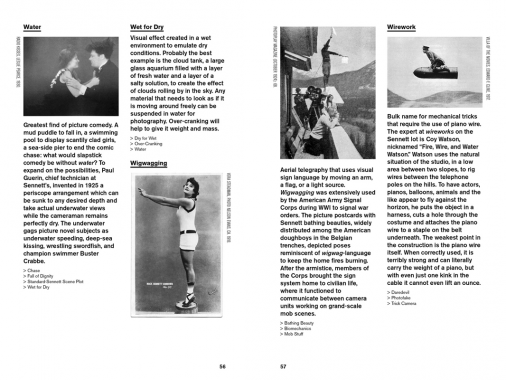
Cinematography, Comedy, Distribution, Film, Hilde D’haeyere, Hollywood, Los Angeles, Mack Sennett, MER. Paper Kunsthalle, Petra Van der Jeught, Photography, Slapstick, Sophie Nys
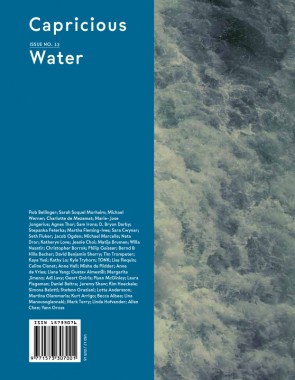
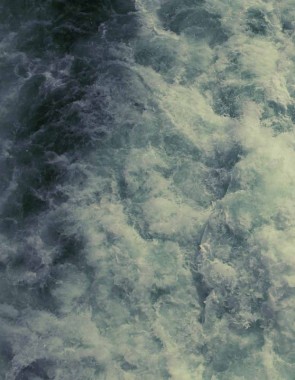
Capricious 13, Water
Softcover, 158 pp., offset 4/4, 210 x 270 mm
Edition of 2000
ISSN 1573-3076
Published by Capricious
$17.00 ·
With the theme of
Water, Capricious delves into one of the most pressing global concerns of the 21st century, finding a dynamic intersection between social consciousness and fine arts photography. Culled from hundreds of submissions, the editorial selection evokes not only the most visually profound forms of water, but documents our shifting relationship with water, whether it be through celebration, or sense of loss.
Capricious 13 moves through sections like Arid, Drift, and Quiet, a fluid visual narrative honoring water. And speaks to our palimpsest-like landscape, where the rise and fall of water lines are marked, and the history of water remains tangible. The work selected explores a myriad of watery dimensions, from the intimate, as water spills into our personal histories, quietly shaping our daily rituals; to global, as water is tamed, an ancient presence spun through industrialization. What ultimately comes to surface is, to what degree water has, in turn, overwhelmed and overcome us.
Also included, is a special chapter of curated texts by Hanna Wilde, including diverse variations on the theme, from poetry to political essay, to stage performance and film excerpt.
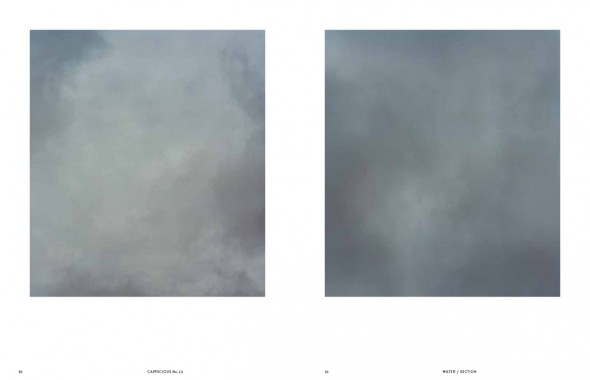
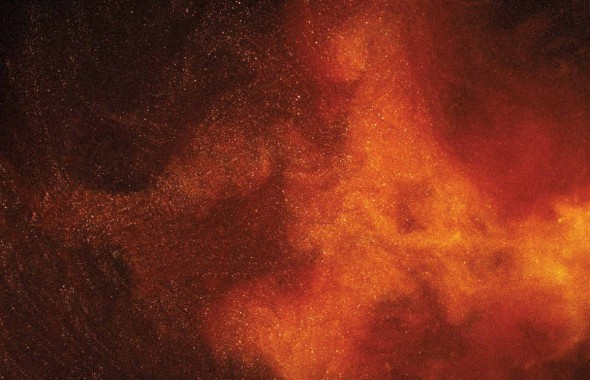
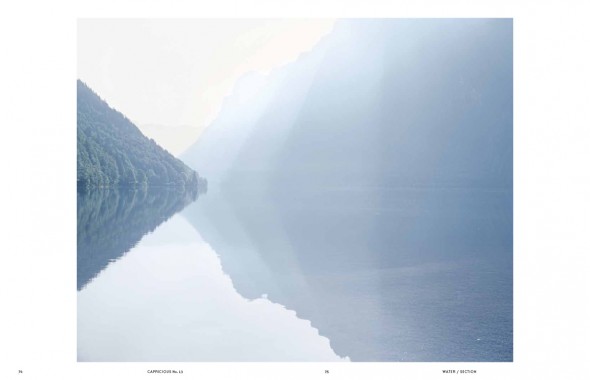

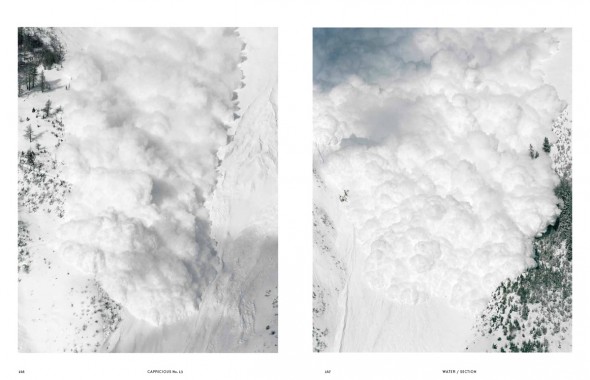
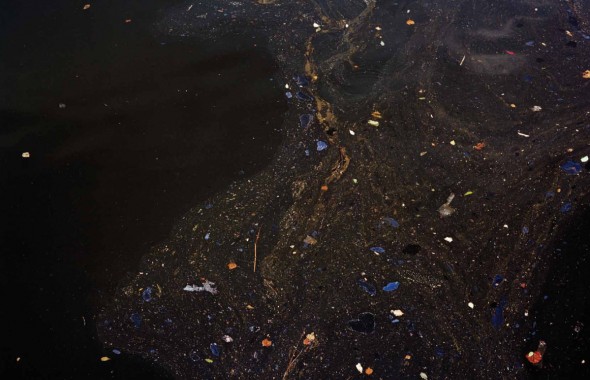
Adi Lavy, Agnes Thor, Allen Chen, Anne de Vries, Anne Hall, Art, Astrida Neimanis, Becca Albee, Bernd & Hilla Becher, Capricious, Celine Clanet, Charlotte de Mezamat, Christopher Borrok, Corrine Fitzpatrick, Culture, D. Bryon Darby, Daniel Beltra, David Benjamin Sherry, Distribution, Eli Leven, Ester Martin Bergsmark, Geert Goiris, Gustav Almestål, Hanna Wilde, Ingela Ihrman, Jacob Ogden, Jeanie Choi, Jeremy Shaw, Joff, Johan Eriksson, Katheryn Love, Kathy Lo, Kaya Yusi, Kim Hoeckele, Kurt Arrigo, Kyle Tryhorn, Laura Plageman, Liana Yang, Lina Manousogiannaki, Linda Hofvander, Lisa Requin, Lotta Andersson, Luiza Sa, Margarita Jimeno, Marie-Jose Jongerius, Mark Terry, Martha Fleming-Ives, Martina Giammaria, Matija Brumen, Michael Marcelle, Michael Werner, Misha de Ridder, Neta Dror, Philip Gaisser, Photography, Rob Bellinger, Ryan McGinley, Sadaf Rassoul Cameron, Sam Irons, Sara Cwynar, Sara Stridsberg, Sarah Soquel Morhaim, Seth Fluker, Simona Belotti, Sofia Hultin, Sophie Mörner, Stefano Graziani, Stepanka Peterka, Tim Trompeter, TONK, Vandana Shiva, Willa Nasatir, Yann Gross
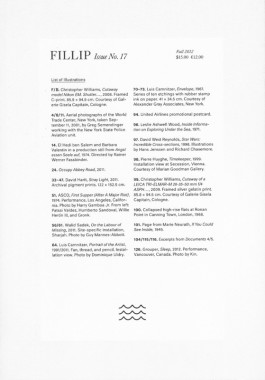
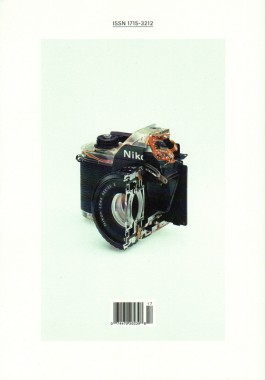
fillip 17
Softcover, 156 pp., offset 4/1, 170 x 245 mm
Edition of 2500
ISSN 1715-3212
ISBN 978-1-927354-07-0
Published by Fillip
$15.00 ·
Fillip is a publication of art, culture, and ideas released three times a year.
Taking as its point of departure Giorgio Agamben’s suggestion that subjectivity emerges from the relentless struggle between living beings and the various apparatuses in which they are captured, Apparatus, Capture, Trace, reflects on the links between such apparatuses whose operations today appear increasingly intertwined: photography and biopolitics.
1. Series: Apparatus, Capture, Trace
2. David Geers, Open Call
3. Walid Sadek and Mayssa Fattouh, Tranquility is Made in Pictures
4. David Hartt, Stray Light (Portfolio)
5. Renato Rodrigues da Silva, El Instrumento y Su Obra
6. James Langdo, A Eulogy for the Cutaway
7. Miwon Kwon and Helen Molesworth, Documents Magazine, 1992-2004
8. Caren Kaplan, Aerial Photography as Biopower in the Visual Culture of 9/11
9. Maria Muhle, Imitation of Life: Biopolitics and the Cinematographic Image
Art, Caren Kaplan, David Geers, David Hartt, Design, Distribution, Fillip, Giorgio Agamben, Helen Molesworth, James Langdo, James Langdon, Jeff Khonsary, Kate Steinmann, Kristina Lee Podesva, Maria Muhle, Mayssa Fattouh, Miwon Kwon, Renato Rodrigues da Silva, Walid Sadek
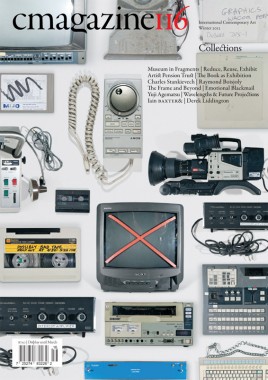
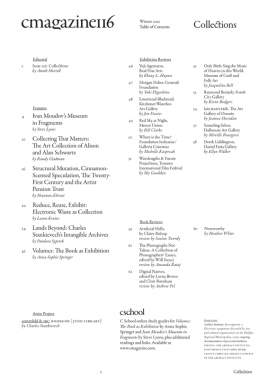
C Magazine 116, Collections
Softcover, 64 pp., offset 4/1, 210 x 295 mm
Edition of 2200
ISSN 1480-5472
Published by C Magazine
$7.50 ·
Issue 116, Collections, features essays by Steve Lyons on Ivan Moudov’s Museum in Fragments; Laura Kenins looking at Electronic Waste as Collection through the work of Laura Kikauka and Gordon Monahan, Eleanor King and Artifact Institute; Randy Gladman on the Art Collection of Alison and Alan Schwartz; Shannon d’Avout on Walid Raad and Artist Pension Trust; Anna-Sophie Springer on The Book as Exhibition, as well as an artist project by Charles Stankievech with an accompanying essay by Pandora Syperek. C Magazine 116 also includes reviews of exhibitions by Yuji Agematsu, Morgan Fisher, Raymond Boisjoly, Ian Baxter and Derek Liddington, as well as group exhibitions Emotional Blackmail at Kitchener-Waterloo Art Gallery, Wavelengths & Future Projections at the Toronto International Film Festival, Where is the Time at Foundation Izolyatsia in Ukraine, Sounding Selves at Dalhousie University Art Gallery, and Only Birds Sing the Music of Heaven in this World at the Museum of Craft and Folk Art.
Alan Schwartz, Alison Schwartz, Anna-Sophie Springer, Art, Artifact Institute, Artist Pension Trust, C Magazine, Charles Stankievech, Collections, Culture, Dalhousie University Art Gallery, Derek Liddington, Distribution, Eleanor King, Foundation Izolyatsia, Gordon Monahan, Ian Baxter, Ivan Moudov, Kitchener-Waterloo Art Gallery, Laura Kenins, Laura Kikauka, Morgan Fisher, Museum of Craft and Folk Art, Pandora Syperek, Randy Gladman, Raymond Boisjoly, Shannon d'Avout, Steve Lyons, Toronto International Film Festival, Walid Raad, Yuji Agematsu
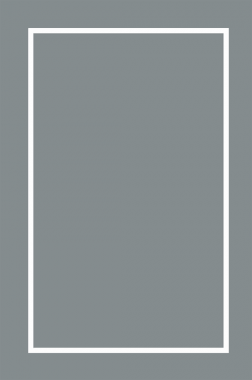
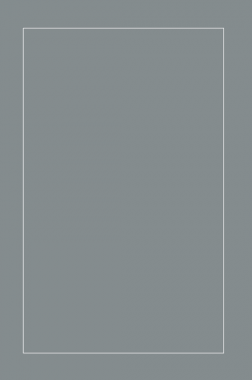
Tyler Coburn, I’m that angel
Softcover, 96 pp., offset 1/1, 6 x 9 inches
Book and performance
Edition of 500
Published by Tyler Coburn
$30.00 ·
I’m that angel is a cycle of writings and performances that explores the contemporary conditions of how we work on and against the computer, narrated from the cognitive cell of one highly neurotic user. The project considers the master narratives of technological and socioeconomic progress that have naturalized Web 2.0’s largely unprecedented user platform, as well as the pre-histories of the Millennial, the blogger and the prosumer: trenchant constituents of the digital public that figure into ongoing Western concerns with the relationships between sincerity and authenticity; realism and reality; the diaristic and the literary; and the author and the individual who nominates to take on, and produce under, that title.
Nodding to the defamiliarization strategies of Russsian formalists like Viktor Shklovskii, I’m that angel takes shape as a stony stone, a cut in the stream – a book. The format concretizes found quotes and other elements; and in every line, a pathology characteristic of our era. Call it inattentionality as method.
Designed by Eric Nylund, this book shores up the bibliographic and citational structures that underpin much of the Internet, as well as literary forms like the confessional and the epistolary that offer precedents for net vernacular. I’m that angel works to build an expanded form of the printed page that draws upon the computer screen’s predecessors: the exegetical framings of The Talmud, for example, and the columnar stutter of Derrida’s Glas. The work attempts, in short, to thread hypertext into a paraliterary matrix.
The second part of this project involves readings of the entire book, performed by actor Justin Sayre, at colocation centers worldwide. If the book sustains a material limit that belies the diffuse shape of the cloud, then these sited readings attempt to effect similar concretions by having author, actor and audience occupy a highly securitized, geopolitical and visual field that is rarely made available to the public. The first such performance occurred, over three nights in April 2012, in an all-glass, octagonal conference room, overlooking racks of servers, at Digital Realty in downtown Los Angeles.
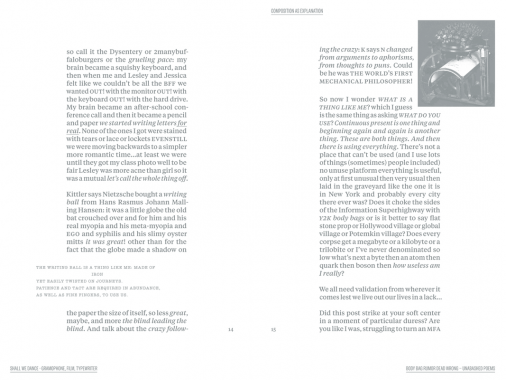
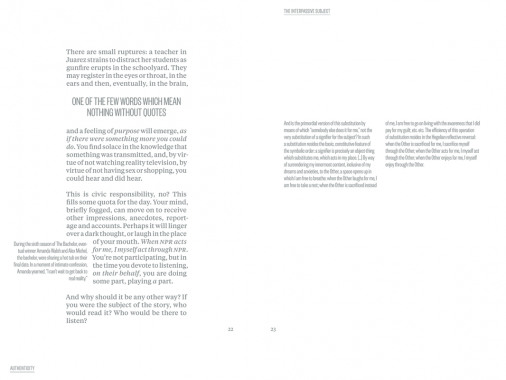
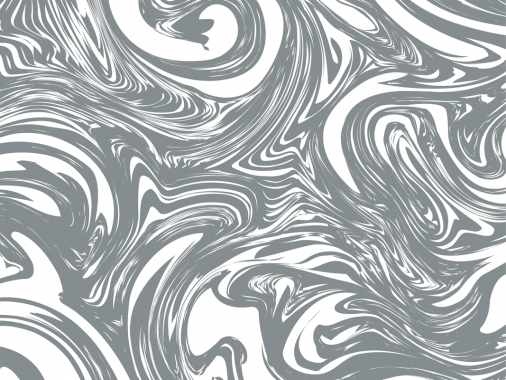
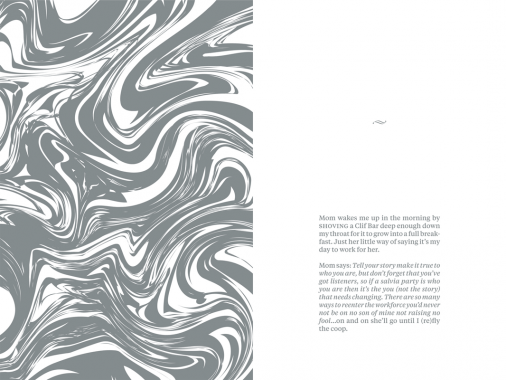
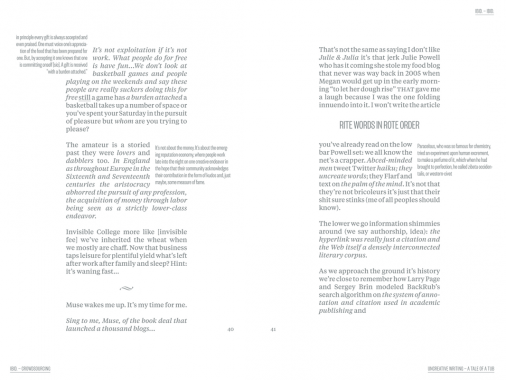
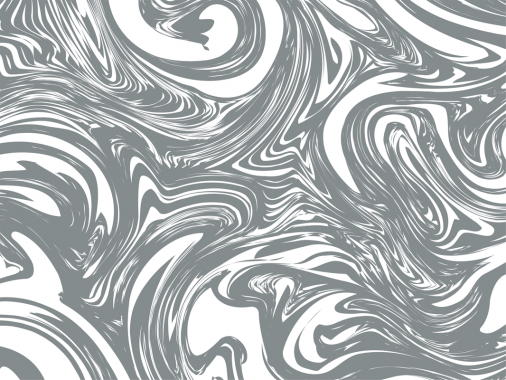
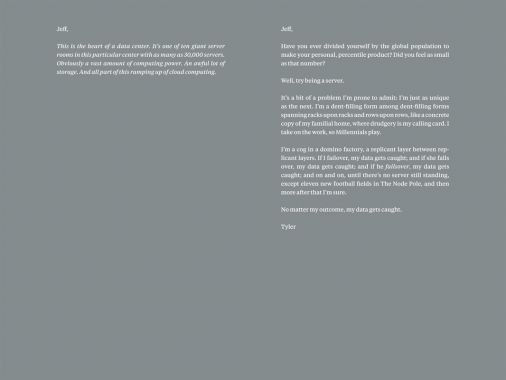
Art, Distribution, Eric Nylund, Joseph Portillo, Justin Sayre, Marc Rosenthal, Matthew Corwin, Performance, Roski School of Fine Arts, Tyler Coburn, Viktor Shklovskii
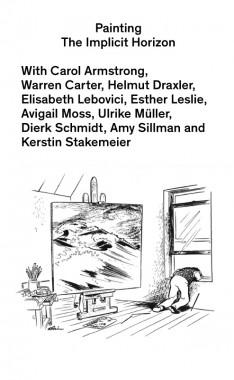
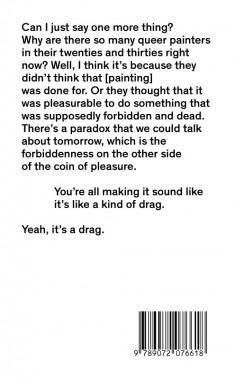
Avigail Moss and Kerstin Stakemeier, Painting — The Implicit Horizon
Softcover, 192 pp., offset 1/1, 110 x 140 mm
Edition of 500
ISBN 978-90-72076-61-8
Published by Jan van Eyck Academie
$11.00 · out of stock
Painting — The Implicit Horizon documents a symposium which took place at the Jan van Eyck Academie in Maastricht, the Netherlands. The book presents essays and transcripts of discussions between European and American artists, art historians, and critics who have looked at some of the ways painting has been conceived of in the eras after Conceptual Art. Addressing ideas of production and consumption, critiques of the end of art, issues of age, accomplishment, and the myth of the painter, the book posits that painting, as a working practice as well as a historical referent, serves as an implicit horizon or limit condition for other media.
“Jimson lives in a ramshackle houseboat on the Thames river, where he reminisces about the days when the state collected his paintings, hides from the police (who pursue him for his minor infractions and debts) and schemes about how to extract money from various wealthy patrons. That is, his struggles are conceptual, material and financial and always involve a race against time and an acknowledgement of his own limitations even in light of his successes. After a series of roguish scrapes, he finally receives a retrospective at Tate Britain: a triumph that does little to alleviate his destitution. But the film’s dénouement comes when Jimson paints a “monument to England”: a giant mural representing “The last Judgment” on the side of a bombed-out church aided by a cadre of voluntary art student assistants who he keeps remunerated in cups of coffee. The film ends when Jimson — threatened by council developers looking to capitalize on the land — voluntarily bulldozes his mural in advance of the city bureaucrats and sails off down the Thames in search of a new horizon: perhaps another, larger wall (or a further expansion of painting as such).”
CONTRIBUTORS
Carol Armstrong, Warren Carter, Helmut Draxler, Kerstin Stakemeier, Elisabeth Lebovici, Esther Leslie, Avigail Moss, Ulrike Müller, Dierk Schmidt, and Amy Sillman.
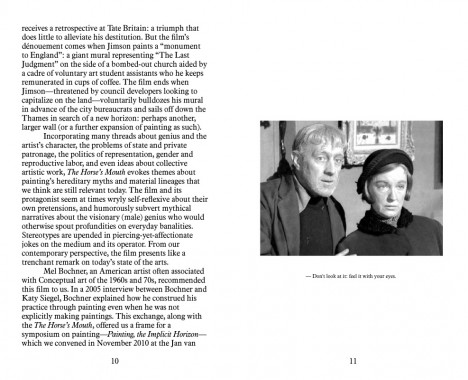
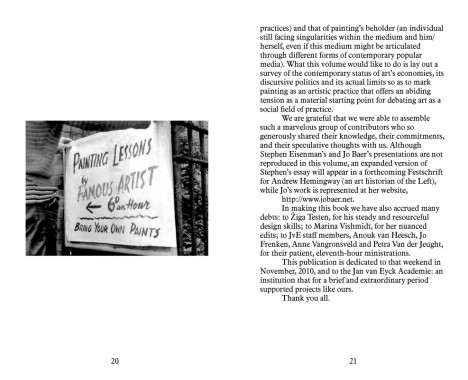
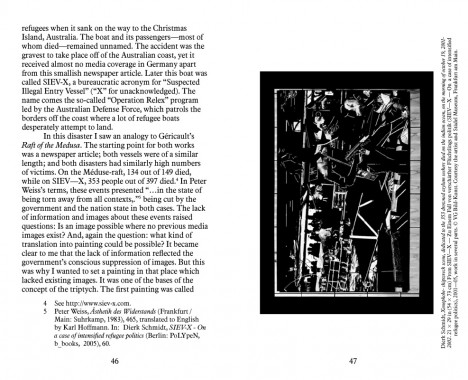
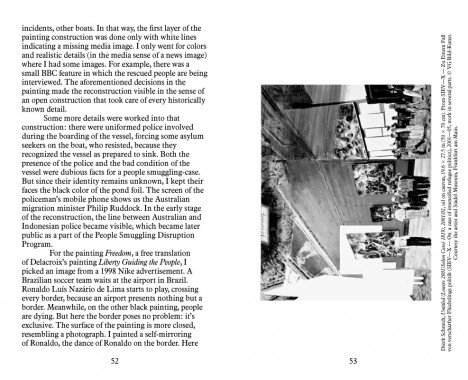
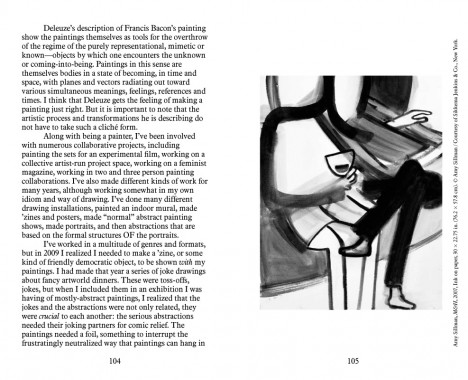
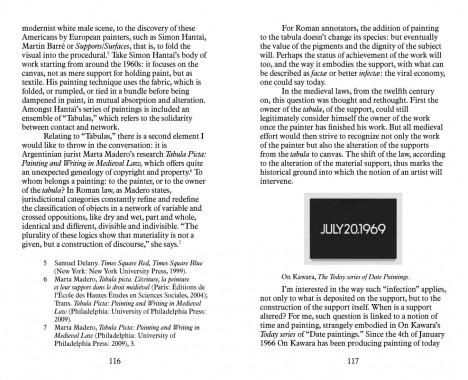
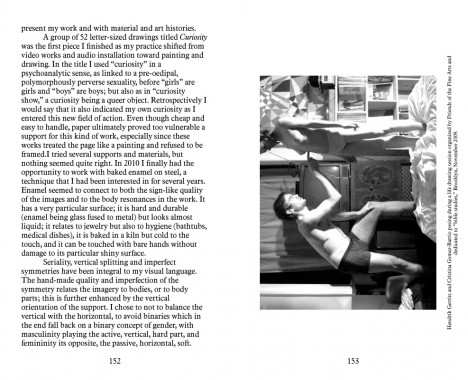
Alan Smart, Amy Sillman, Annet Perry-Schoot, Anouk van Heesch, Art, Avigail Moss, Carol Armstrong, Criticism, Culture, Daniel Brustlein, Dierk Schmidt, Distribution, Elisabeth Lebovici, Esther Leslie, Fox Hysen, Gully Jimson, Helmut Draxler, Jan van Eyck Academie, Jo Baer, John Bratby, Katja Diefenbach, Kerstin Stakemeier, Marina Vishmidt, Minika Baer, Painting, Ronald Neame, Sir Alec Guinness, Stephen Eisenman, Theory, Ulrike Müller, Warren Carter, Žiga Testen
















































































